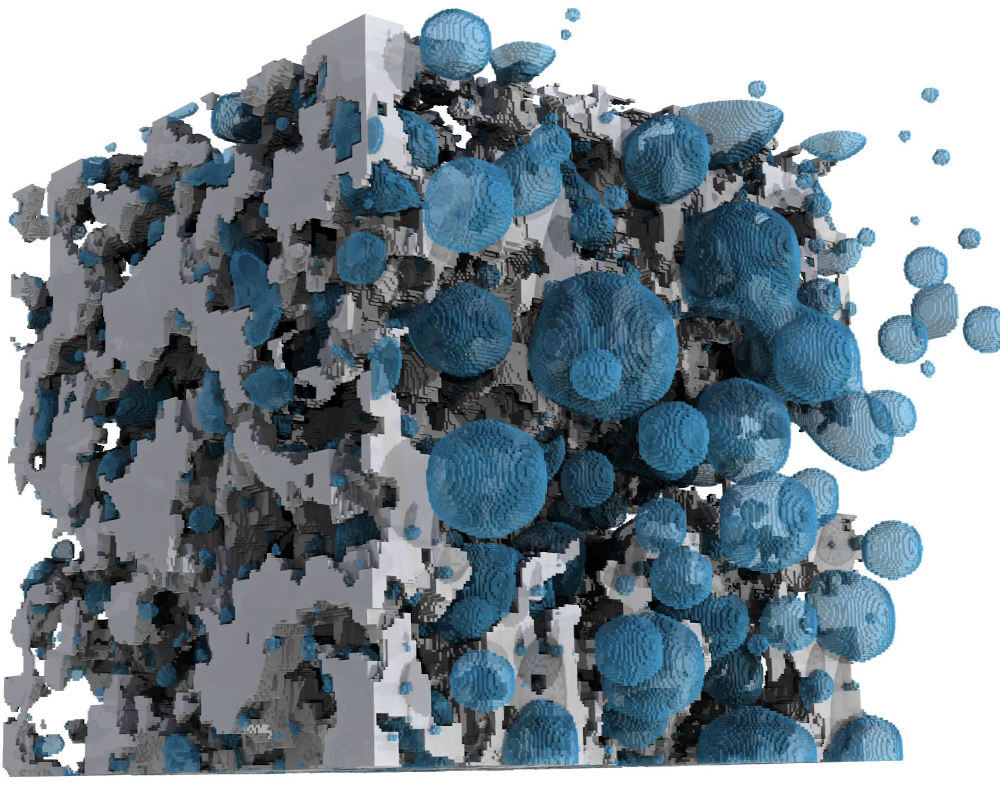Find us on…
LB3D Documentation
Welcome to LB3D, a Lattice-Boltzmann simulation application! This is the provisional start page of its manual – heavily WIP, but on its trajectory to helping users to operate LB3D, and developers to understand its internals.
How do I set up LB simulations? What does LB3D internally? Why have certain design decisions been made in that way? What are the scientific sources that motivate models? Throughout several periods1 of optimism and scientific/programming best practice, a substantial amount of this kind of background knowledge has been added to the code and/or an accompanying stand-alone handbook2. Since April 2022, we have put quite some effort to convert the existing bits into a shape that is digestible by FORD, to be processed into this nifty hypertext site.

Ongoing efforts
- A good part of the old manual goes on existing in form of the parts directory. We are moving descriptions and explanations into the source files, while we somehow™ maintain a browseable shape of the handbook.
- We are aiming to convert the parts pages into short-ish (about 1 page) introductory pages that explain the scope of the part, link to the input parameters/namelists, most important modules, tests and examples.
- Of particular importance is the old namelist description page, that is known to consist of invaluable information but with 100% outdated context
- Automated namelist gathering for quick reference of
inputfile options - Useful examples, quick-start guide
- Continuous Deployment of this documentation through the GitLab CI pipelines
- (Low priority) Trivia about the code structure, like how source code file lengths across the repository follow the log-normal distribution, or the
rewriteeffort of the last years has reduced the lines of code by a factor surprisingly close to (from 80902 to 57154), while maintaining/extending functionality and performance. - ...whatever you think should be part of a user manual
-
Per
git blame, the median age of contributions to the TeX document is 9 years (April 17, 2013). ↩ -
Looking for historical code/documentation? (Like, from the LB3D v6 – aka
dev– era?) Have a shy look at the Old Releases page on our GitLab. ↩